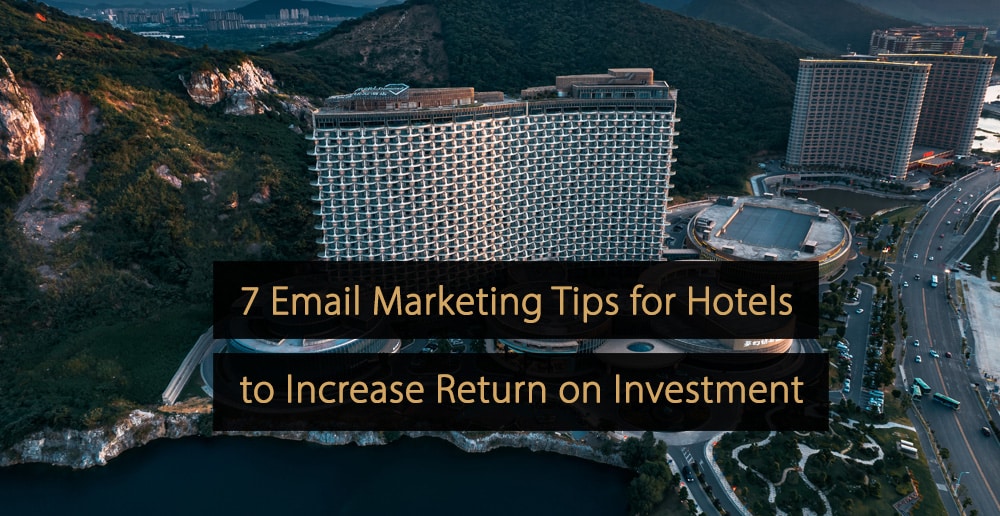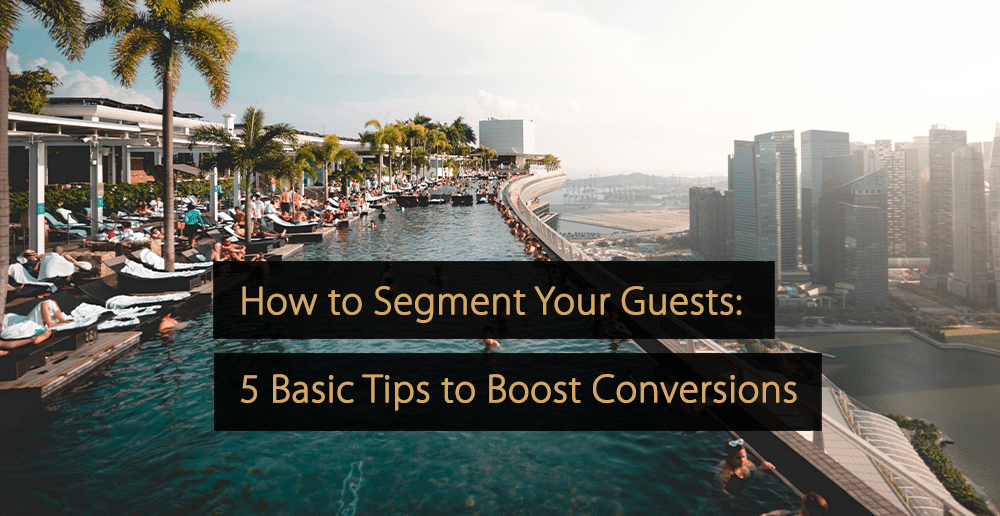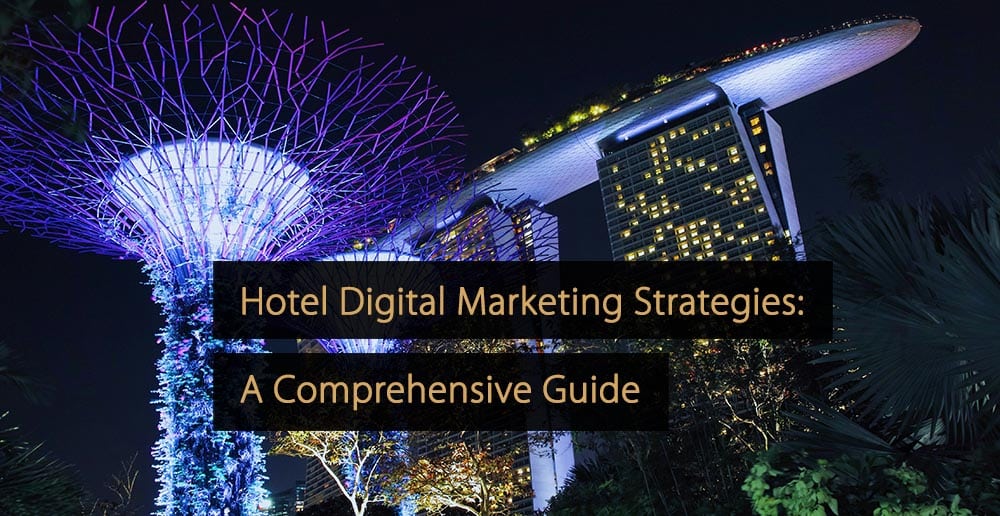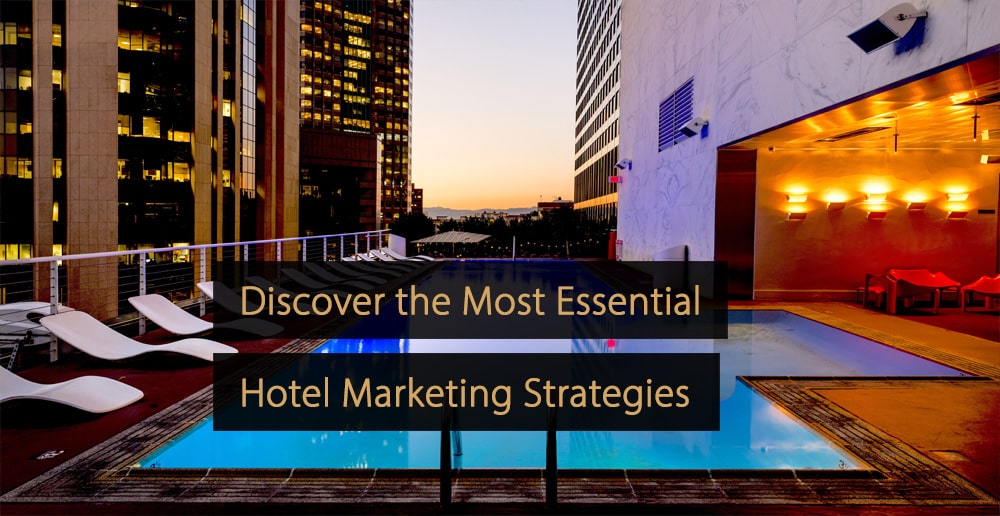Communicating with past and potential customers via email has always been simpler, faster, and more cost-effective than most other means of online marketing for businesses across different industries. The beauty of utilizing email marketing is that it generates a significant ROI and builds a strong and consistent relationship between you and your guests. The expected ROI for every $1 a business spends on hotel email marketing is $42.
Timely, Relevant, and Hyper-personalized Messages
The key to making email your most powerful tool is to deliver timely, relevant, and hyper-personal messages. You don’t need a fancy email marketing platform with lots of bells and whistles to see a quick return on investment as long as your team focuses on delivering value with strong and purposeful messaging.
Attracting Opt-Ins & Building Your Mailing List
Ensuring you consistently attract new subscribers will be vital to keeping a solid mailing list. You should start the moment you have your very first signup. You don’t have to wait until you have a large list of subscribers before sending emails. It’s crucial to continue encouraging new signups, as your subscriber list will naturally decline over time.
Fortunately, there are many ways to keep your list growing. You can include an opt-in form on landing pages, headers, footers, and anywhere else on your website. The checkout process is also the perfect time to ask customers to subscribe to your marketing emails while they have your hotel at the top of their minds and already see value in your services.
You could easily add an opt-in link to transactional emails (booking confirmations, inquiries, etc.) to make it easy for recipients to subscribe without leaving their inbox.
Building a strong mailing list focuses on quality rather than the number of subscribers. Make sure to use “clean” data collected directly from guests or guest activity instead of outdated information or data from an inherited list. The better your email deliverability, the more trusted your sender reputation becomes, allowing for more email opens, click-throughs and conversions.
The Importance of the Welcome Email
The welcome email will be your most important email during your entire relationship with your customer. It sets the tone for your brand, builds trust, and sets the stage for what your subscribers should expect from your hotel. That being said, your welcome email needs to go out the same day new subscriber signs up for your email list. Ideally, a welcome email should be sent within minutes after someone subscribes. If you’re offering them an incentive like a discount or gift, they will want it sooner rather than later.
It’s always better to take advantage of your users’ interest as soon as they register. Subscribers who receive welcome emails enjoy 33% more engagement with a business than those who don’t. This is the ideal opportunity to introduce yourself and feature your hotel’s best services. Thank them for subscribing, and include an overview of the types of emails they’ll receive, the frequency of sending, and the customary welcome offer.
7 Best Practices to Get The Most Out Of Email Marketing
Below you’ll find seven tips to get the most out of your email marketing efforts and maximize your return on investment.
1. Personalize Your Message
Subscribers are becoming more demanding of brands when signing up for mailing lists. They expect to receive relevant and hyper-personalized content from the very first email they receive. Leverage dynamic content and craft your messaging based on user data collected through your online forms and preferences you’ve learned from their stays/bookings. When you tailor email content to build off these interactions, you’ll create a solid foundation of trust with your subscribers.
2. Segment the Audience
Understanding who your customers are and segmenting them allows you to present relevant email campaigns. Proper list segmentation will allow you to tailor your messages to your customers’ needs and personalize them effectively. The most effective segmentations are demographics, room type, location, purchasing behavior, dates, and travel purpose. Leisure guests may want to know about local events, while business travelers may only be interested in restaurant recommendations.
3. Focus on CTAs
Make it clear what you want users to do when they open your emails. Your main message and Call to Action (CTA) should be blatantly obvious to the reader and located above the fold so that readers don’t have to scroll down to know what action you want them to take. Longer emails should include CTAs through the different types of content shared. Focusing on CTA placement should be a priority and not an afterthought; otherwise, your email marketing efforts will be wasted
4. Craft Engaging Copy
Establishing your brand voice in your emails like you do across other marketing channels creates consistency and builds trust with subscribers. Making your messages short and sweet lets subscribers know you value their time. Write concise subject lines that will build intrigue and craft a clear message for your readers. You don’t want to exhaust or bore them with paragraphs of complicated text. Instead, your copy should be valuable and direct and utilize actionable wording that will motivate readers to click through your CTAs.
5. Keep Designs Simple
Less is always going to be more when designing your marketing emails. Emails with too many design elements will not only turn off readers but can also be marked as “promotional” by programs like Gmail, causing them to end up in a different inbox and possibly never be seen. An even better reason to keep your email design minimal is that most emails today are viewed quickly and are typically read via mobile devices. Limiting your design to a single column and keeping graphic elements minimalistic will save your team time and create better-performing emails overall.
6. Run A/B Tests
Optimize your email marketing strategy by scheduling regular A/B tests. Split testing can easily gain essential insights and improve every aspect of your email campaigns. Monitoring metrics, such as click and open rates, will help you learn more about your audience and create emails they will look forward to. And when you know which email versions perform better in terms of open, click-through, and conversion rates, you’ll find it easier to curate successful emails for the future.
7. Integrate Your CRM
Strategic integration between your hotel’s current email marketing system and your CRM eliminates the need for your team to manually upload subscriber data and allows you to identify and segment your subscribers to send hyper-targeted offers easily. You’ll improve guest communication substantially by simply synchronizing these two platforms and save your team extra work hours.
Focus on The Core Essentials of Email Marketing
Your main goal should be to provide valuable content. Your emails should include helpful, engaging, and relevant information. Focusing on quality over quantity will build customer loyalty and repeat bookings.
You won’t need to include a special offer or incentive in every email you send. Focus on the core essentials of email marketing, like personalization, segmentation, testing, and offering value. The more strategic your email marketing foundation, the more your emails will be able to do the work for you.
More Tips to Grow Your Business
Revfine.com is the leading knowledge platform for the hospitality and travel industry. Professionals use our insights, strategies, and actionable tips to get inspired, optimize revenue, innovate processes, and improve customer experience.Explore expert advice on management, marketing, revenue management, operations, software, and technology in our dedicated Hotel, Hospitality, and Travel & Tourism categories.








Leave A Comment